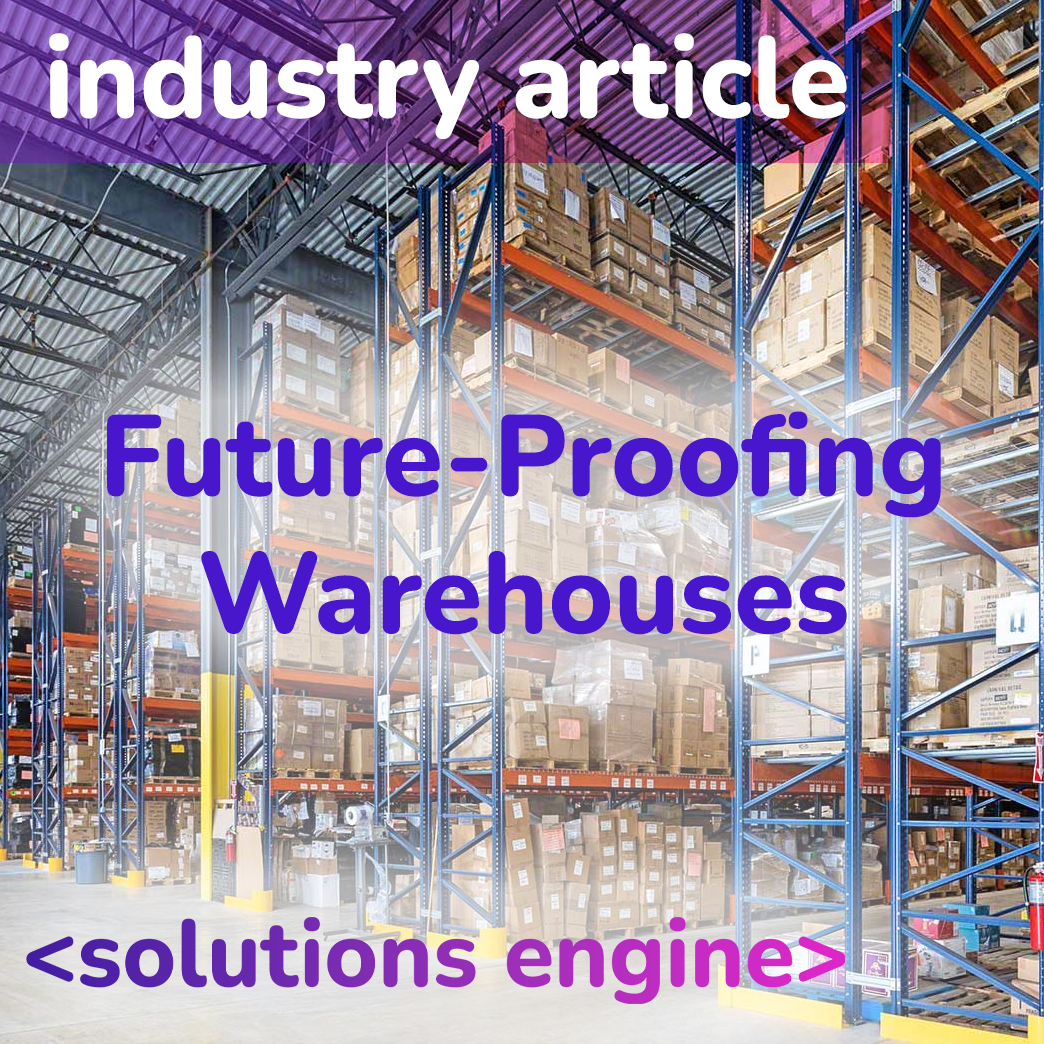Setting Up Your Warehouse
Opening a new warehouse is a significant undertaking, filled with critical decisions that can impact your long-term success. While many focus on the obvious steps, there are some crucial aspects that often get overlooked, leading to costly mistakes or operational inefficiencies.
Essential Steps to Take When Opening a New Warehouse:
- Strategic Location Selection: Choosing the right location is paramount. Consider proximity to suppliers, customers, transportation routes, and availability of skilled labor.
- Evaluate zoning regulations and potential tax incentives.
- Warehouse Layout and Design: Optimise your warehouse layout for efficient workflow and maximum storage capacity. Consider the type of products you’ll handle, storage requirements, and future growth plans.
- Technology Integration: Invest in a robust Warehouse Management System (WMS) to streamline inventory management, order fulfilment, and data analysis. Explore automation technologies like conveyors, sorters, and robotics to improve efficiency.
- Equipment and Infrastructure: Choose the right material handling equipment (forklifts, pallet jacks, etc.), racking systems, and packaging materials. Ensure adequate lighting, ventilation, and safety measures.
- Staffing and Training: Hire experienced warehouse personnel and provide comprehensive training on safety protocols, equipment operation, and warehouse processes.
- Legal and Regulatory Compliance: Obtain necessary permits, licenses, and certifications. Adhere to safety regulations, environmental standards, and labor laws.
What Most People Forget:
- Scalability: Design your warehouse with future growth in mind. Allow for expansion of storage space, equipment, and workforce as your business grows.
- Flexibility: Consider modular storage solutions and adjustable layouts to adapt to changing inventory needs and seasonal fluctuations.
- Environmental Impact: Implement sustainable practices like energy-efficient lighting, recycling programs, and eco-friendly packaging materials.
- Disaster Preparedness: Develop contingency plans for natural disasters, equipment failures, and supply chain disruptions.
- Community Engagement: Build relationships with local businesses, community organisations, and government agencies.
- Continuous Improvement: Regularly evaluate warehouse performance, gather feedback from employees, and implement process improvements.
Don’t Overlook These Crucial Details:
- Insurance: Secure comprehensive insurance coverage for your warehouse, equipment, inventory, and liability.
- Security: Install security systems, cameras, and access controls to protect your assets and employees.
- Data Backup: Implement regular data backups to prevent loss of critical information in case of system failures.
- Maintenance: Schedule regular maintenance of equipment, facilities, and software to prevent breakdowns and ensure optimal performance.
By following these comprehensive steps and paying attention to the often-overlooked details, you can set your new warehouse up for success. Remember, opening a warehouse is not just about bricks and mortar; it’s about creating a well-oiled machine that can adapt to challenges, drive growth, and deliver value to your customers.
We can help guide you. Contact us for more information.



 What Does Future-Proofing a Warehouse Mean?
What Does Future-Proofing a Warehouse Mean?